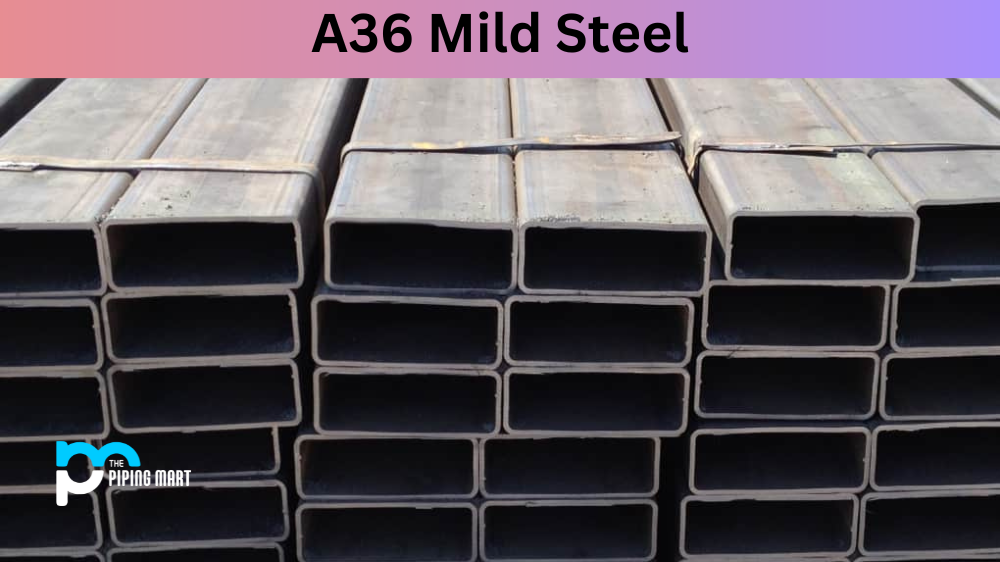If you’re looking for a high-performance alloy that offers excellent corrosion resistance and mechanical properties, then look no further than Hastelloy B3. This particular alloy is an improved version of the Hastelloy B2 alloy. It has increased resistance to hydrochloric acid and other halides but maintains its excellent formability and weldability. Let’s take a closer look at the chemical composition, density, and machinability of Hastelloy B3.
Hastelloy B3 Chemical Composition
Hastelloy B3 is an iron-based superalloy with nickel and molybdenum as its primary elements. The exact composition varies slightly depending on the manufacturer, but typically it consists of between 57% and 60% nickel, up to 29% chromium, up to 4% cobalt, up to 4% tungsten, up to 8% molybdenum, 0.5%-2% manganese, less than 1% silicon and phosphorus each, 0.03%-0.10% carbon, 2%-4% iron and trace amounts of sulfur and other elements.
Hastelloy B3 Density
The density of this alloy is around 8 g/cm³ or 0.289 lb/in³ in its solid state. This alloy has a high strength-to-weight ratio making it ideal for applications that require both strength and lightweight, such as aerospace components or medical implants.
Machinability of Hastelloy B3
When it comes to machining this alloy, the trick is keeping cutting speeds low while using copious amounts of cutting fluid or coolant to prevent premature tool wear or galling. In terms of recommended cutting speed ranges for turning operations on this alloy, they range from 50-200 feet per minute (15-61 meters per minute). Drilling operations; range from 10-50 feet per minute (3-15 meters per minute). It’s also important to note that tools made from high-speed steel or cobalt should be used when machining this material as they are best suited for working with alloys containing high levels of nickel, such as Hastelloy b3.
Conclusion:
we can see that Hastelloy b3 is a great choice when you need a strong yet lightweight material with excellent corrosion resistance properties. Its chemical composition consists primarily of nickel, chromium, cobalt, tungsten, molybdenum, manganese, silicon, phosphorus, carbon, iron, and small amounts of sulfur. The density is around 8 g/cm³, which gives it a good strength-to-weight ratio. When machining this material, the trick is keeping cutting speeds low while using copious amounts of coolant. High-speed steel or cobalt tools are generally preferred when working with alloys containing high levels of nickel, such as Hastelloy b3. With all these factors combined, Hastelloy b3 makes an ideal choice for many engineering applications where toughness and corrosion resistance are key requirements.

Pipingmart is B2B portal specializes in industrial, metal and piping products. Also, share latest information and news related to products, materials and different types grades to help business dealing in this industry.




